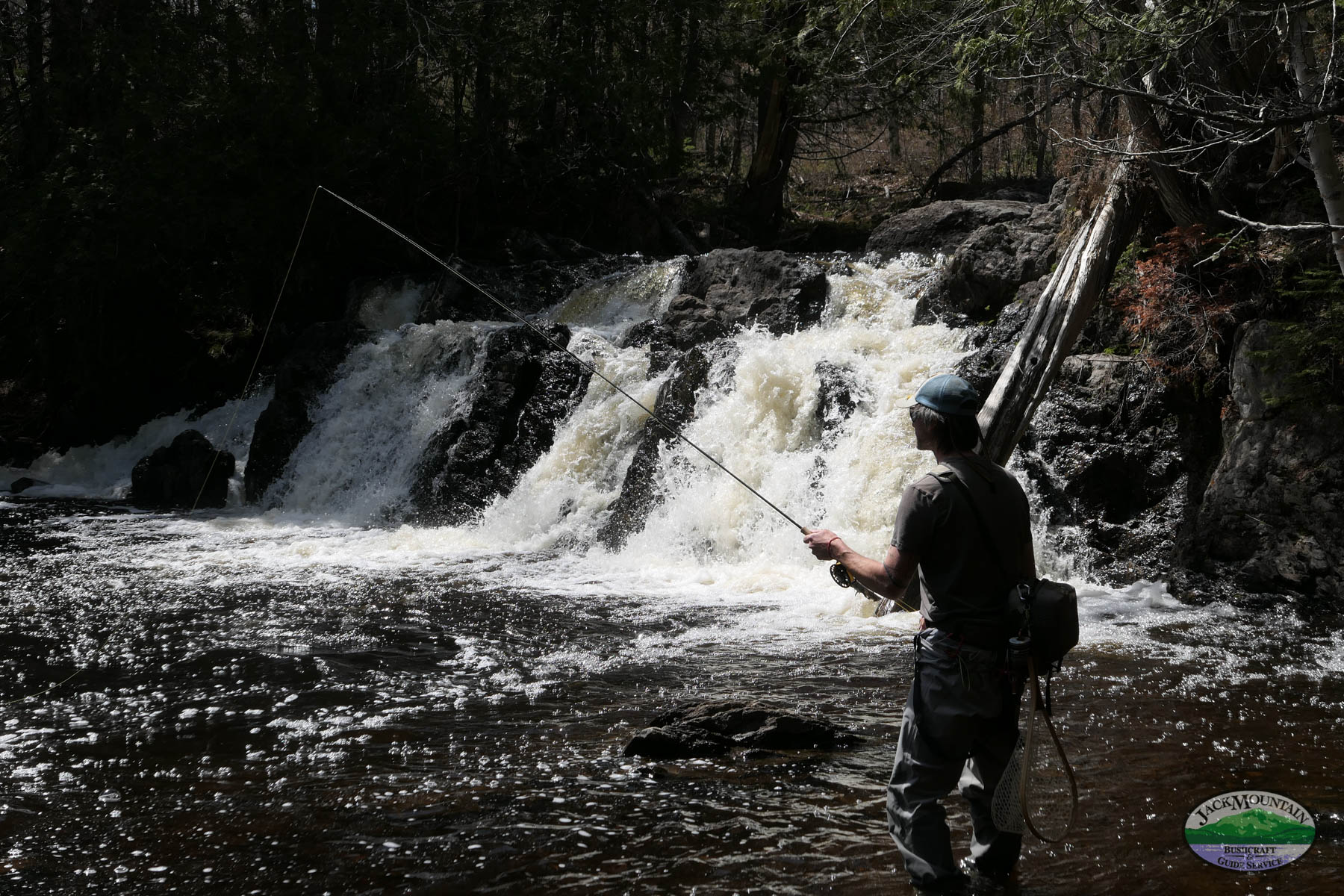If you want to learn to fish, there are four steps.
- Learn about water, specifically freshwater ecology.
- Learn the natural history of fish in general, as well as the individual species you are targeting.
- Learn about what fish eat and how to mimic these foods.
- Learn about tackle and techniques.
In our modern world, people usually go directly to step 4, skipping the foundational knowledge or slowly picking it up over years or decades. Our job in this endeavor, and in all that we do, is to plan the fastest route to competency, and then mastery, for our students. With that in mind, the best way that we have found is to take these steps in the order above.
There are countless books on fishing, fishing gear, fishing tackle, etc. As is the problem with the information age, we have access to seemingly unlimited resources, but only a limited amount of time to investigate. With that in mind here is my recommendation for a book to build a solid foundation of freshwater ecology, which is the foundational knowledge to an angler’s craft.
How To Fish From Top To Bottom by Sid W Gordon
First published in 1955, Gordon’s book begins with eight chapters on how to read water, then goes on to explore this newfound knowledge from the perspective of the angler.
No single book will teach you all that you need to know about fishing. For me, this is the best first book to people who are new to reading water and aquatic ecology. The negatives of this book for me are mostly its age, a result of which is that the graphics aren’t bright or flashy. But the pros, learning how to read and understand water, far outweigh these.
During our field school programs we have a course where people study and record data about the natural history of individual fish species. There is also instruction on casting, terminal tackle, stream strategies, etc. These are the hands-on part of the journey. But they make more sense if this book is read first to give an overview of freshwater ecology.
We have a copy of this book in the Athenaeum at the field school, but just one.
There are newer, flashier books on fishing. There may even be newer, flashier books on freshwater ecology from the angler’s perspective. I have had this book for a long time and have learned a lot from it, hence this review. But if you got 100 fishing guides and asked them for book recommendations, you would likely get at least 100 different answers. The important take away from this post is the four steps of an angler’s education, and this is a solid book for learning about water.
- Learn about water, specifically freshwater ecology.
- Learn the natural history of fish in general, as well as the individual species you are targeting.
- Learn about what fish eat and how to mimic these foods.
- Learn about tackle and techniques.








